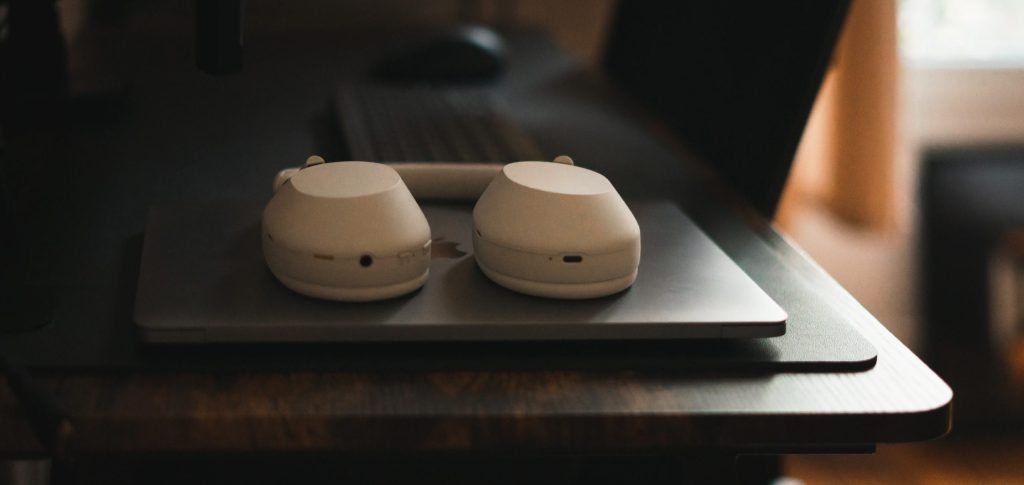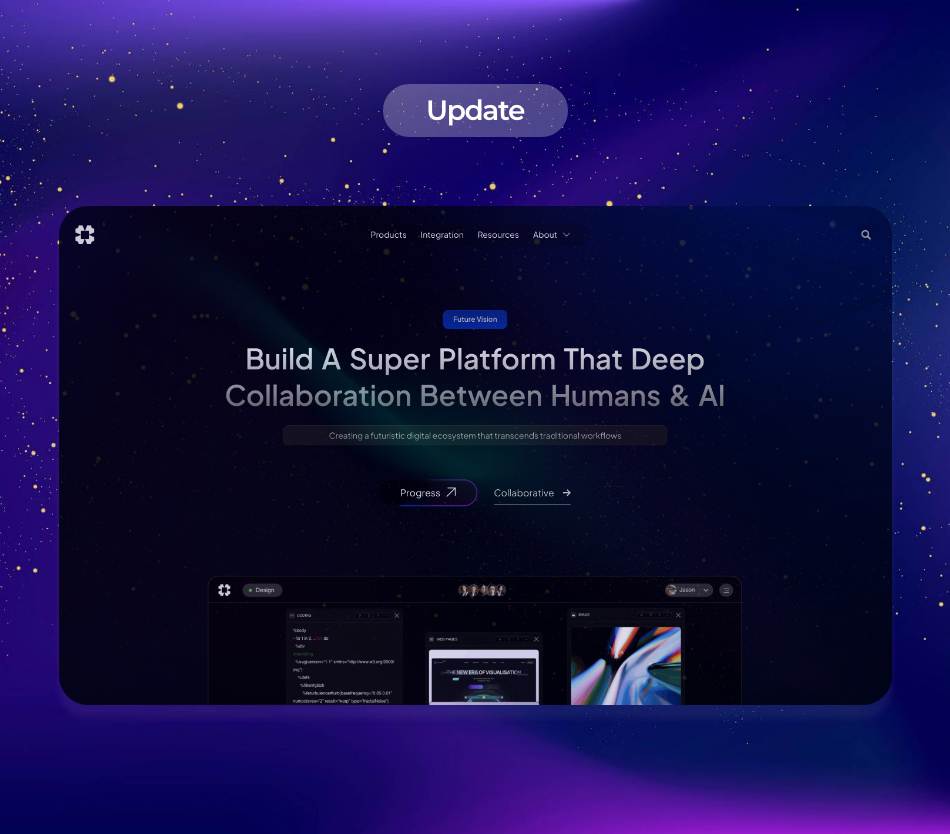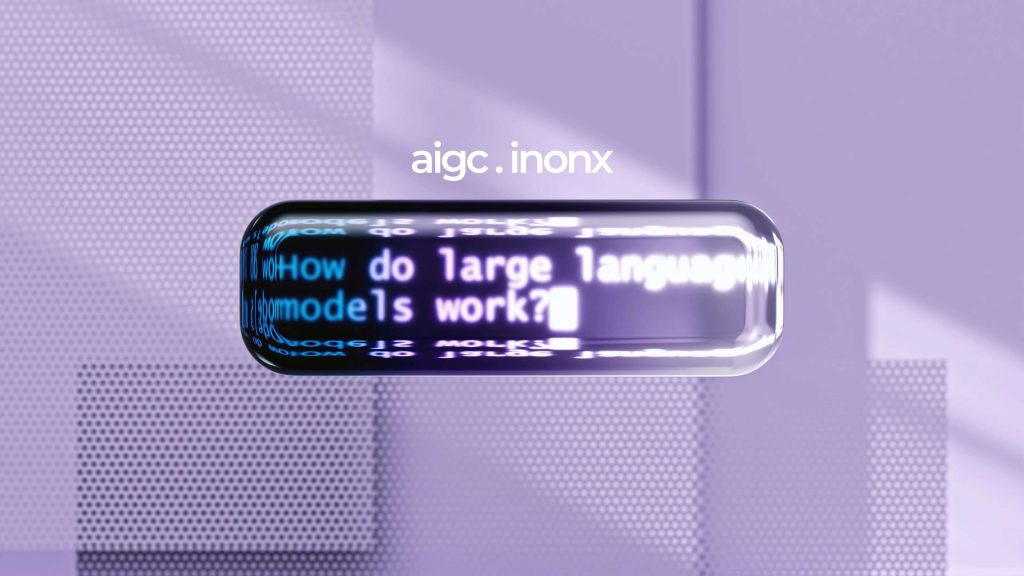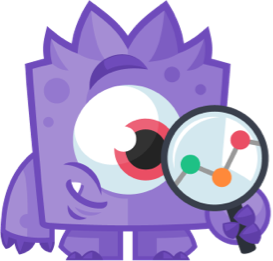In today’s rapidly advancing technological landscape, the integration of artificial intelligence operating systems (AIOS) into smart homes has marked a transformative shift in how we interact with our living spaces. With the growth of the Internet of Things (IoT), the need for efficient real-time AI-driven decision-making has become more pronounced. This article explores innovative solutions and trends surrounding cloud-native AIOS applications within smart homes, assessing their impact on consumer convenience and lifestyle.
. The advent of smart home technology has redefined the way we manage domestic tasks. Imagine a home that not only responds to your commands but also predicts your needs and adapts to your lifestyle choices. The AIOS for smart homes enables this level of interaction by harnessing powerful algorithms that analyze user behavior, preferences, and environmental conditions in real time.
. Cloud-native AIOS serves as the backbone of this disrupted model. Unlike traditional operating systems that may rely on local processing, cloud-native solutions leverage the unlimited computational power offered by cloud infrastructure. This architecture allows smart home devices to function seamlessly, maximizing efficiency in processing data and learning from user interactions.
. A significant component of AI-driven decision-making is the ability to analyze vast amounts of data instantly. For instance, when coupled with machine learning capabilities, an AIOS can monitor energy usage patterns, habits related to heating and cooling, and even predict when appliances will require maintenance. Such capabilities can optimize energy consumption, improve home security, and enhance overall convenience.
. The importance of real-time decision-making cannot be understated, particularly in residential environments where safety and efficiency are paramount. With advanced AIOS, homes equipped with sensors and smart appliances can make immediate adjustments. For example, if a smoke detector goes off, the AIOS can immediately activate security systems, notify homeowners via mobile alerts, and contact emergency services—all within seconds.
. Flexibility and scalability are key features of cloud-native architectures. This means smart home users can easily integrate new devices and applications into their existing ecosystems. For instance, a homeowner with an AIOS that supports various platforms can add a new smart thermostat, which can communicate with other IoT devices to create an energy-efficient environment, adjusting heating or cooling based on occupancy.
. The emphasis on real-time data processing extends beyond mere convenience. Home automation systems powered by AIOS can lead to significant cost savings. For example, machine learning algorithms can forecast utility usage and optimize settings based on historical data and real-time feedback. Consumers can save money by avoiding peak hours for energy use and improving the lifespan of appliances through predictive maintenance.
. Despite the benefits, some may express concerns about privacy and security in an AIOS environment. With numerous devices collecting data continuously, the question of data ownership and usage arises. To combat these challenges, developers and manufacturers are increasingly prioritizing robust cybersecurity measures. Secure data encryption, user authentication, and regular software updates are essential steps in ensuring that smart home systems remain safe and user-friendly.
. Moreover, smart home technology is extending its applications. The integration of wearable technology, such as health monitors and fitness trackers, broadens the horizon for AIOS. Future smart home systems can compile data from residents’ health devices to tailor healthcare initiatives, like adjusting room temperatures for individuals with respiratory issues or offering reminders for medication schedules.
. In terms of industry applications, major tech companies and startups alike are investing heavily in cloud-native AIOS for smart homes. Companies like Amazon, Google, and Apple are continually evolving their smart home ecosystems, fabricating devices that communicate effectively through AIOS. Innovations in voice-control capabilities have made it easier for users to interact with their smart devices, emphasizing a hands-free, personalized experience.
. An interesting trend is the rise of partnerships among companies to enhance interoperability. As the smart home market matures, there’s a demand for systems that communicate across different brands and platforms. Organizations are collaborating to create standardized solutions that ensure devices can work together seamlessly, benefiting users with an integrated smart home experience.
. One compelling use case is the integration of AI-driven decision-making in emergency situations. During a house fire, traditional systems might fail to respond quickly enough to prevent damage. However, with a cloud-native AIOS, a smart home can take immediate action by locking down doors, turning off the gas, and alerting fire services—all triggered by real-time smoke detection and analytics capabilities.
. The education sector is also not untouched by this trend. Smart classrooms equipped with AIOS can adapt to student needs much like smart homes do for their residents. Real-time analytics can identify student engagement levels, providing educators with the tools to tailor lessons dynamically based on performance and attention spans, promoting a more effective learning environment.
. Industry players are also emphasizing the importance of user-centric design in their AIOS developments. A simple and intuitive interface fosters engagement, ensuring that users can easily access and control their smart systems without extensive technical knowledge. The focus on design is instrumental in scaling adoption rates among less tech-savvy consumers.
. Looking ahead, the synergy between AIOS for smart homes and cloud-native technologies is poised to continue growing. With advancements in 5G and edge computing, the potential for instantaneous data processing and improvements in latency will enhance the experience even further, making smart homes more responsive and capable than ever before.
. As smart homes become an integral part of daily life, the expectation for AIOS to function in a manner that is sophisticated yet unobtrusive will grow. The trend toward real-time decision-making will likely spearhead innovations that not only improve lifestyles but also contribute to sustainability goals by promoting energy efficiency and resource conservation.
. In conclusion, the evolution of AIOS for smart homes driven by real-time decision-making and cloud-native technologies is reshaping our interaction with domestic environments. As we move into this new era, understanding the implications and possibilities inherent within these technologies will be vital for maximizing their utility in our daily lives. Embracing these advancements creates not only smarter homes but ultimately, smarter living.
—
**Sources:**
1. NIST (National Institute of Standards and Technology). (2020). “Smart Home Energy Management Systems: Architecture & Application.”
2. Fortune Business Insights. (2021). “Smart Home Market Size, Share & Industry Analysis by Product, by Technology, by Application, and Regional Forecast, 2021-2028.”
3. TechCrunch. (2023). “How Smart Home Devices Must Adapt to Changing Consumer Demands.”
4. IEEE Journals. (2022). “Real-Time AI: The Key to Smart Home Optimization.”
*This article leverages existing literature and industry analysis to present a comprehensive view of AIOS integration within smart homes.*


























